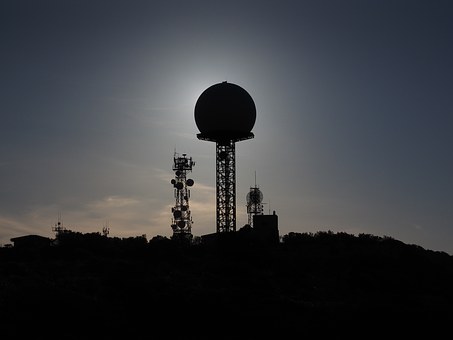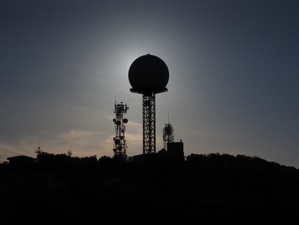In the wake of a growing threat from North Korea, Japan is seeking a land-based version of the Aegis ballistic missile defense (BMD) system, which incidentally will become operational by 2023, as a layered defense against North Korea’s missile advances.
Having witnessed a demonstration of the Spy-6 technology, which boosts the range of BMD radars by dozens of times, Japanese officials feel, this is the appropriate time to acquire it from the U.S.
The military threat to Japan augmented on Tuesday with Pyongyang firing an intermediate range ballistic missile (IRBM) over its northern Hokkaido island, which prompted Japanese Prime Minister Shinzo Abe to slam North Korea’s action as “reckless” and “unprecedented.”
Japan’s Defence Ministry and the Pentagon did not immediately respond to requests for comment.
Washington however is dragging its feet on selling the radar, which has made Tokyo feel even more vulnerable. The United States has however Japan about its commitment to defend it against any threat in the region.
In his first meeting with Abe on August 18, William Hagerty, the new U.S. Ambassador to Japan, dubbed their security partnership as the “greatest on earth”.
Even the United States’ top general, Joint Chiefs Chairman General Joseph Dunford has described their alliance as “ironclad”.
While Japan is yet to place an order the the Aegis Ashore, what it wants it the Spy-6, but it has yet to formally ask Washington to buy the new radar technology.
“There is no guarantee that Japan is going to get it,” said sources.
Although the U.S. Navy supports Japan’s bid for the acquisition of the new radar, said a source, Japan’s bid however is likely to be thwarted by reluctance from the Missile Defence Agency, which is responsible for developing BMD technology.
These concerns arise from the fact that the technology is yet to be tested by the U.S military: the first Spy-6 equipped Aegis warship is slated to begin operations after 2022, said a source. However, Japan will need to deploy the system well ahead of that time.
Significantly, any decision to hold back Spy-6 could therefore add significantly to Japan’s already rising bill for missile defense by forcing it to pay to upgrade or replace Aegis Ashore systems after deployment.
Japan plans on building two Aegis Ashore batteries, with each costing nearly $700 million - without missiles, said sources, with interceptor missiles costing around $30 million each, said sources.
References:
reuters.com
Having witnessed a demonstration of the Spy-6 technology, which boosts the range of BMD radars by dozens of times, Japanese officials feel, this is the appropriate time to acquire it from the U.S.
The military threat to Japan augmented on Tuesday with Pyongyang firing an intermediate range ballistic missile (IRBM) over its northern Hokkaido island, which prompted Japanese Prime Minister Shinzo Abe to slam North Korea’s action as “reckless” and “unprecedented.”
Japan’s Defence Ministry and the Pentagon did not immediately respond to requests for comment.
Washington however is dragging its feet on selling the radar, which has made Tokyo feel even more vulnerable. The United States has however Japan about its commitment to defend it against any threat in the region.
In his first meeting with Abe on August 18, William Hagerty, the new U.S. Ambassador to Japan, dubbed their security partnership as the “greatest on earth”.
Even the United States’ top general, Joint Chiefs Chairman General Joseph Dunford has described their alliance as “ironclad”.
While Japan is yet to place an order the the Aegis Ashore, what it wants it the Spy-6, but it has yet to formally ask Washington to buy the new radar technology.
“There is no guarantee that Japan is going to get it,” said sources.
Although the U.S. Navy supports Japan’s bid for the acquisition of the new radar, said a source, Japan’s bid however is likely to be thwarted by reluctance from the Missile Defence Agency, which is responsible for developing BMD technology.
These concerns arise from the fact that the technology is yet to be tested by the U.S military: the first Spy-6 equipped Aegis warship is slated to begin operations after 2022, said a source. However, Japan will need to deploy the system well ahead of that time.
Significantly, any decision to hold back Spy-6 could therefore add significantly to Japan’s already rising bill for missile defense by forcing it to pay to upgrade or replace Aegis Ashore systems after deployment.
Japan plans on building two Aegis Ashore batteries, with each costing nearly $700 million - without missiles, said sources, with interceptor missiles costing around $30 million each, said sources.
References:
reuters.com






